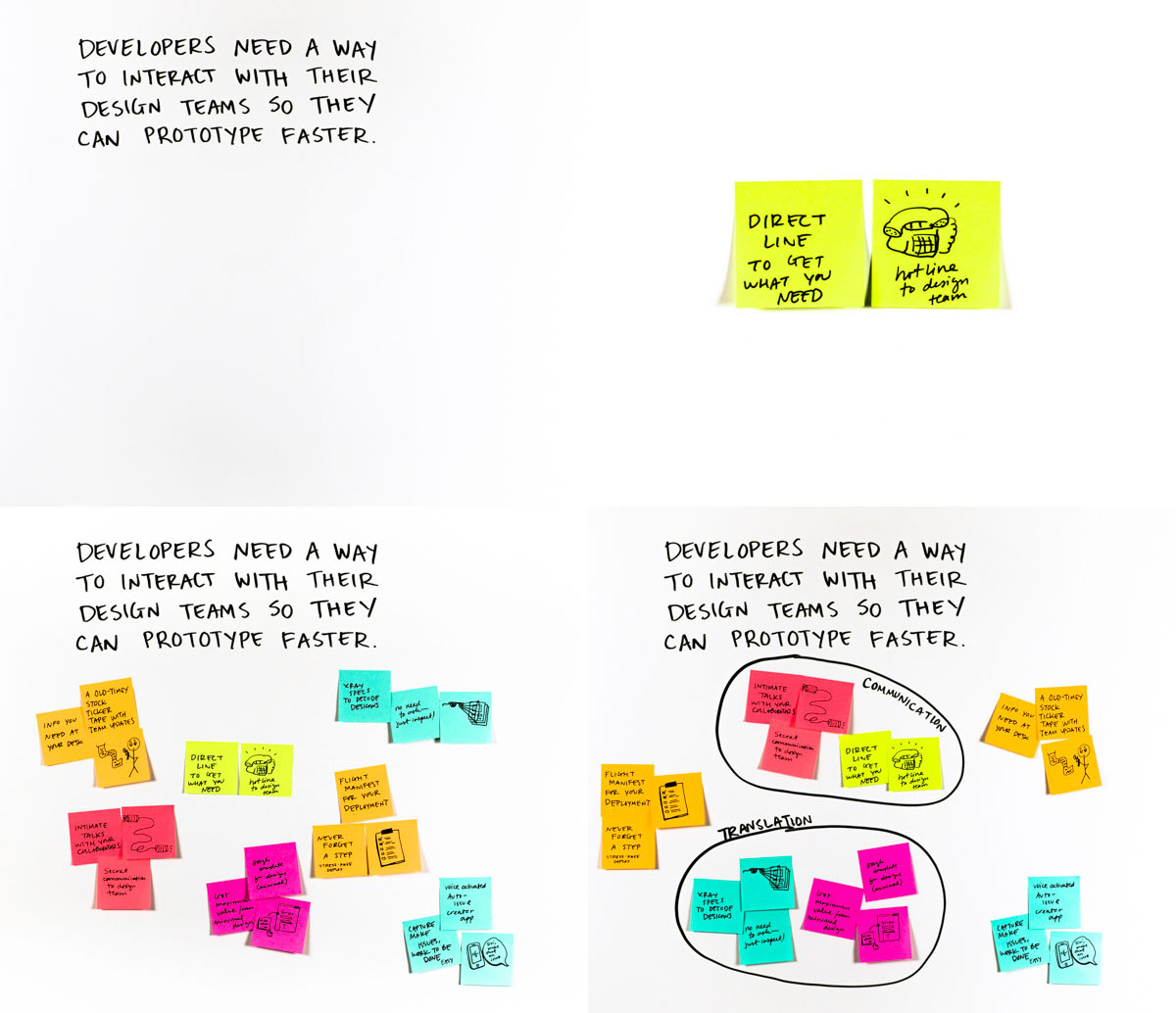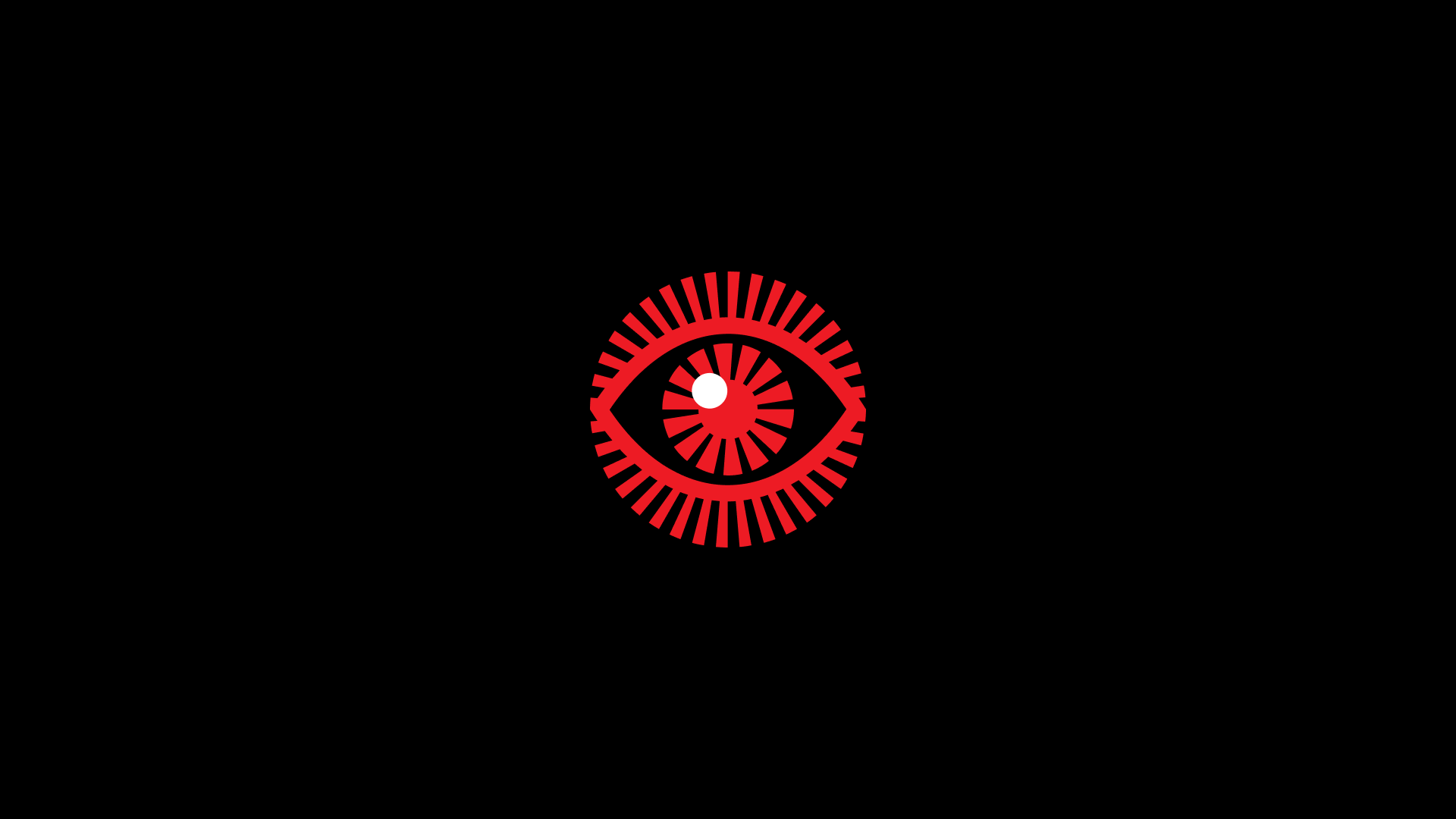Whenever your team gets stuck, or you feel there’s a better way to do something. Everyone has ideas. Don’t make the mistake of leaving idea generation only to the designers, the engineers, the project owners, or the executives. Everyone has a unique perspective on the user and the problem, so everyone should contribute ideas for solutions.
To begin this phase, gathering diverse people with different backgrounds and perspectives is important to contribute ideas. This could include designers, developers, stakeholders, and even users. Once the group is assembled, it is important to establish some ground rules for the session. Some examples could include encouraging all participants to contribute equally, not giving negative feedback, and building on each other’s ideas.
1. Set up the prompt
Begin the activity with a good prompt, such as a needs statement, a user story, a Hill, or just a pain point identified in an As-is Scenario Map. Write this prompt somewhere everyone can see it.
2. Generate ideas, not features
A big idea describes the experience a user might have with the solution. Features describe the implementation of a solution. If your ideas start depicting features, try using a metaphor: “It’s kind of like…”
3. Diverge
Create many big ideas and quickly share them. Build off others’ ideas, but stay out of the weeds and avoid drifting into features or talking about implementation details.
4. Cluster, title, & discuss
Look for similar ideas and natural affinities. Move them physically closer together. As you do, name the clusters. Identify any clusters or individual ideas that stand out. Converge on a set that you would want to advance.


